Marine Science
Mushroom-like corals get their genomes mapped
The genome sequences of two "false" corals offer a window into the evolution of calcification, which may help their reef-building cousins.
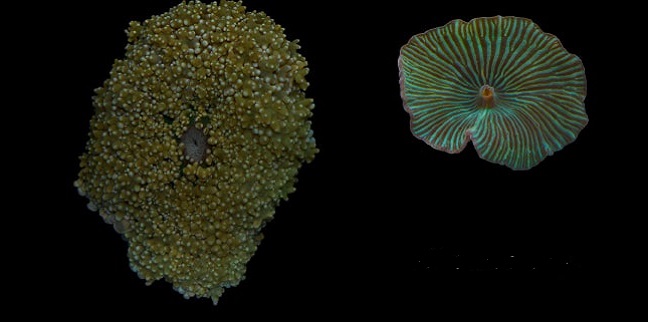
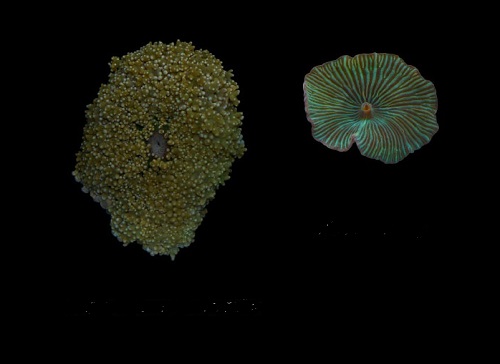
The genome sequences of Amplexidiscus fenestrafer and Discosoma sp. offer a window into the evolution of reef-building corals.
© 2017 Manual Aranda
Mushroom polyps. Elephant ear corals. Disc anemones. Whatever you want to call them—scientists prefer corallimorphs—these aquarium invertebrates are among the closest known relatives to reef-building corals. A team led by researchers from the Red Sea Research Center at KAUST has now sequenced the entire genomes of two such “naked” coral species, so-called because they don’t lay down calcium carbonate skeletons1.
DNA maps offer a window into the evolution of calcification and could help scientists save the world’s coral reefs from extinction.
“These are the first genomes to be published from this group of organisms,” said Manuel Aranda, an Assistant Professor of Marine Science at KAUST who led the genome project. “The resources and analysis we provide are the foundation for future studies aimed at understanding how corals evolved the ability to build one of the most productive and biodiverse ecosystems on our planet.”
Aranda teamed up with researchers at the Scientific Centre of Monaco to extract DNA from tissue samples of Amplexidiscus fenestrafer and Discosoma sp., two corallimorphs with a shape like that of terrestrial mushrooms. Xin Wang, a Ph.D. student in Aranda’s lab, then worked with technicians at the KAUST Bioscience Core Facility to sequence, assemble and annotate both species’ genomes. They pinpointed all the genes in the corallimorph genomes by looking for sequence similarity to known genes found in other species’ genomes, including those of two sea anemones and a coral.
In this way, they confirmed that corallimorphs are the closest living relatives of reef-building corals, providing a much-needed genomic resource to fill the evolutionary gap between sea anemones and corals. They also showed that the A. fenestrafer genome is approximately 370-million DNA letters long with 21,372 genes and that the genome of A. Discosoma is 445-million nucleotides in length with 23,199 genes. These sizes are in between those for sea anemones and corals, consistent with the evolutionary history and complexity of this taxonomic grouping.
Scientists everywhere can now freely access and browse both new corallimorph genome maps though an online platform available at corallimorpharia.reefgenomics.org.
Aranda hopes the research community will use the genome sequences to better understand the evolutionary origin of the genes that allowed corals to become the ecosystem builders they are today. In his lab, for example, Aranda and his team are exploring the evolutionary innovations that corals had to make to acquire the ability to calcify. “So far,” said Wang, “we have found several genes involved in calcification that have been uniquely duplicated in corals.”
References
-
Wang, X., Liew, Y.J., Li, Y., Zoccola, D., Tambutte, S. & Aranda, M. Draft genomes of the corallimorpharians Amplexidiscus fenestrafer and Discosoma sp. Molecular Ecology Resources 17, e187-e195 (2017).| article
You might also like

Bioscience
Digging into the world of plant-growth-promoting microbes
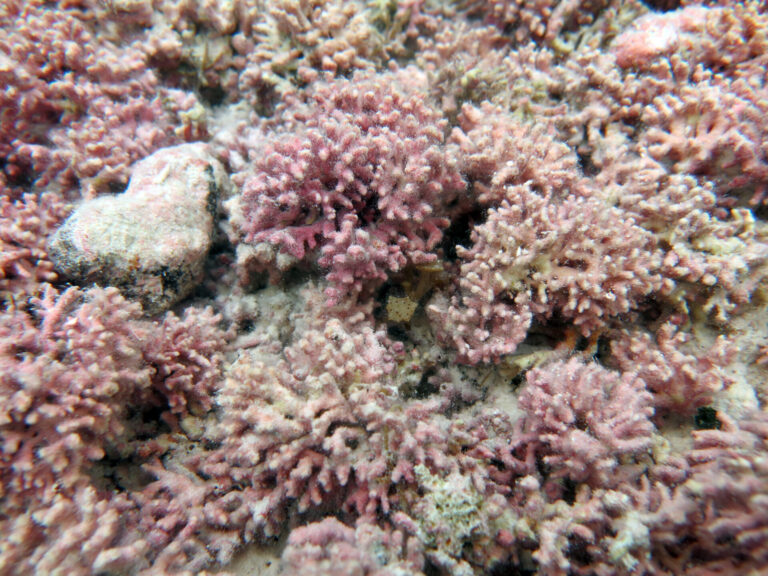
Marine Science
Rhodoliths found in a surprise location

Bioscience
Unique microbiome discovered in mountain streams
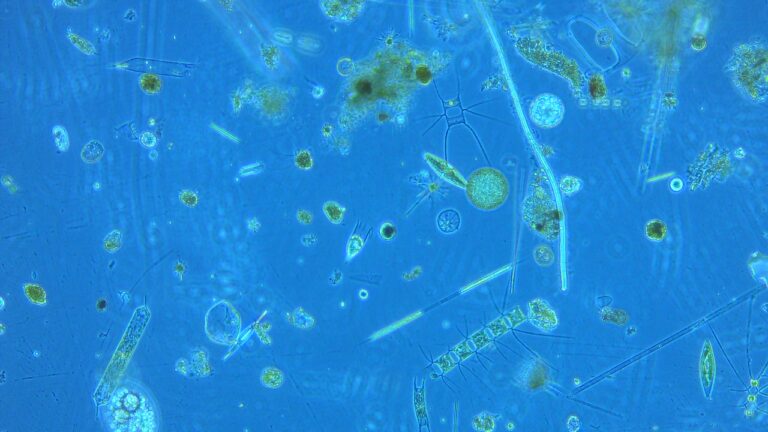
Marine Science
Examining phytoplankton’s past to reduce future algal blooms
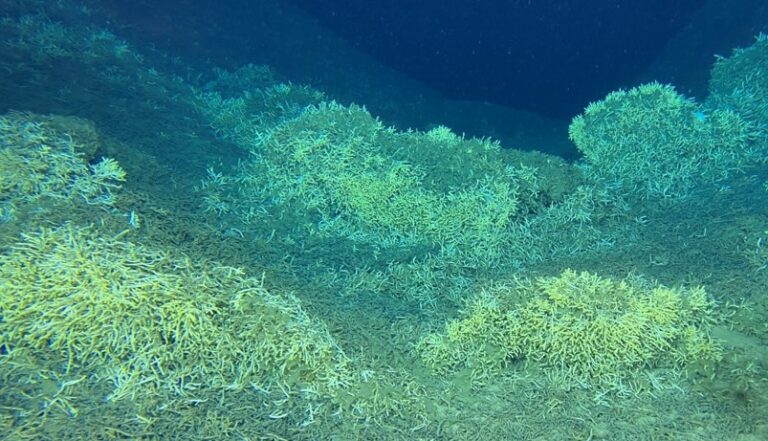
Marine Science
Extensive deep warm-water coral frameworks pinpointed in the Red Sea
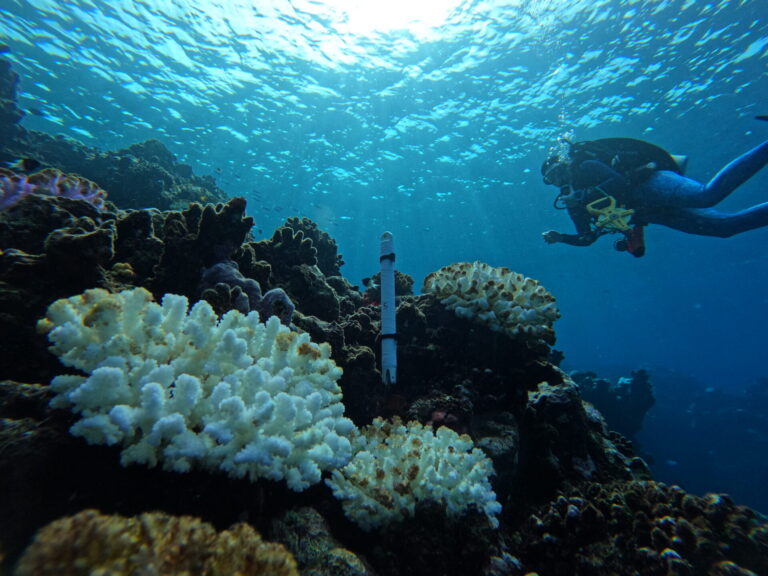
Marine Science
Cheap fixes aid global coral reef conservation

Marine Science
Giving coral reefs a fighting chance for survival
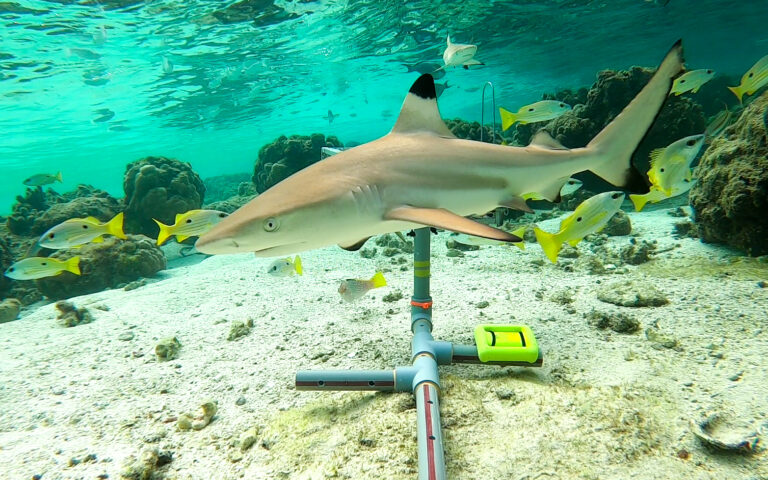
Marine Science



